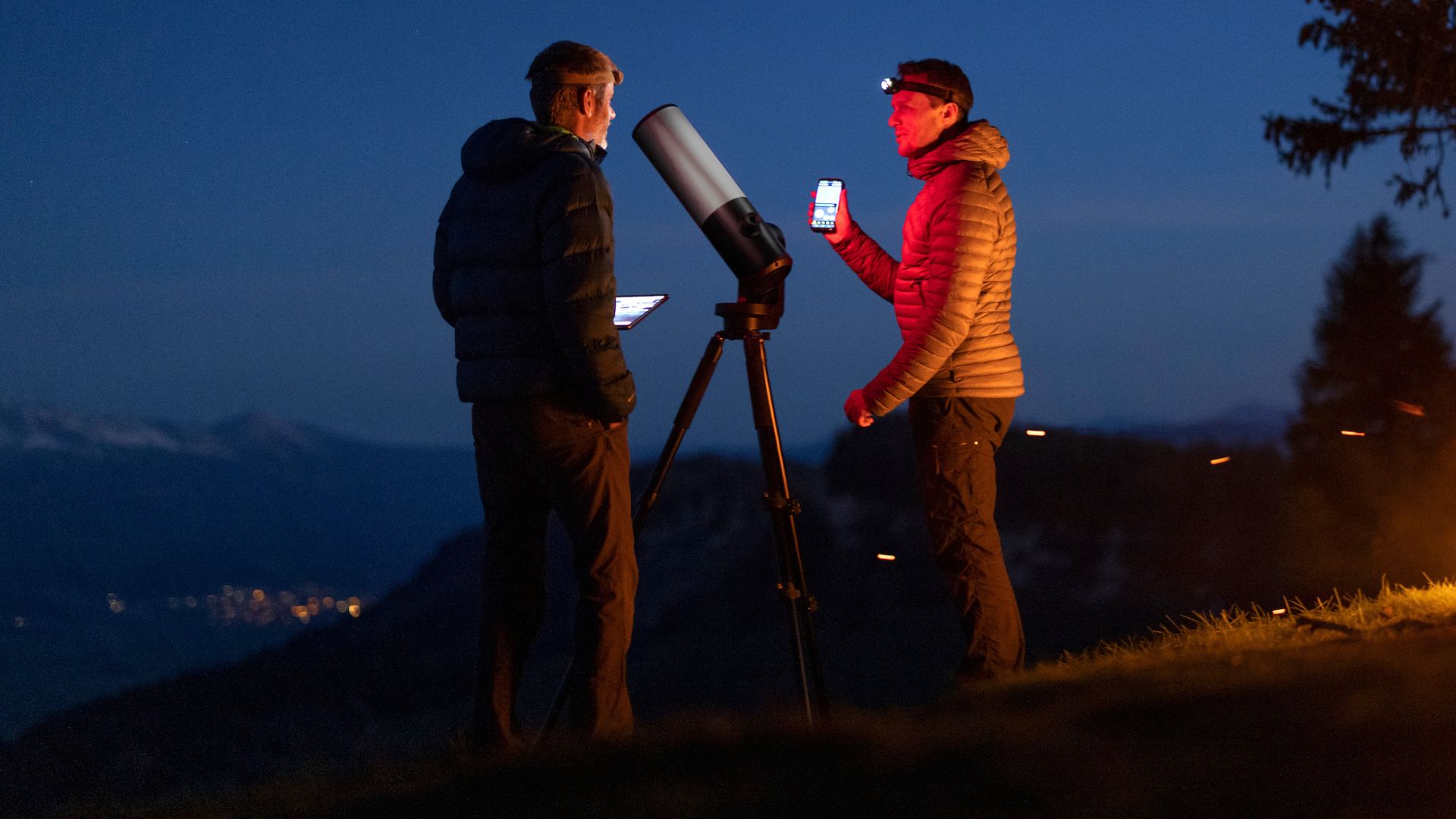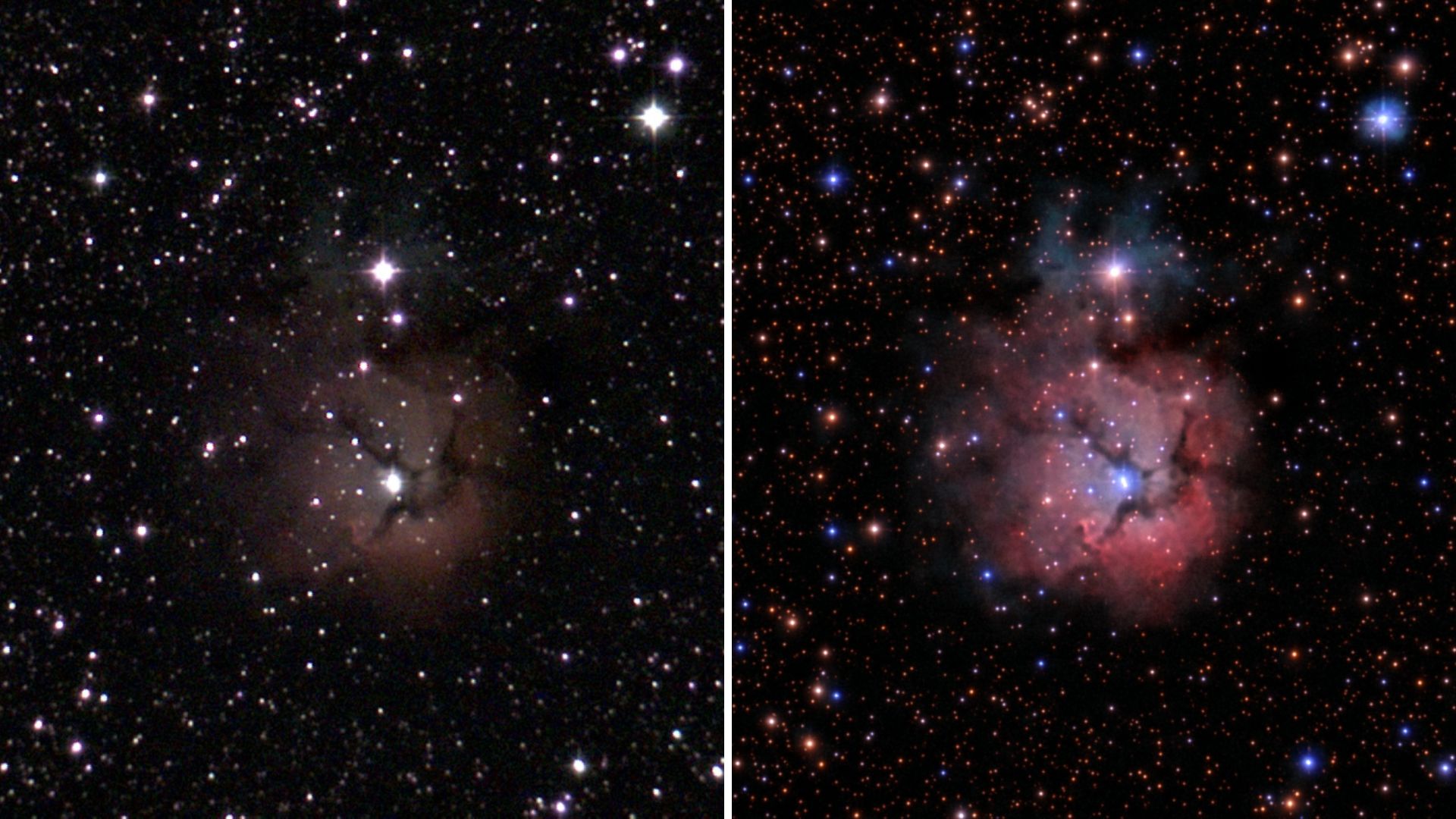
French smart telescope maker Unistellar used IFA 2024 to announce a new image processing technology that promises to reveal more color and detail in deep-sky objects, including galaxies, star clusters and faint nebula.
Unistellar's new Vivid Vision Signal Processing technology, which will be available in October as a free firmware update across its suite of smart telescopes, will add an optional enhancement to each image, which will take two minutes to complete. Vivid Vision uses the latest data on the color of stars collected by the European Space Agency’s Gaia satellite, which has spent the last decade mapping the motions, luminosity, temperature and composition of stars.
The brand currently has four smart telescopes across two ranges – the eQuinox 2 and eVscope 2 in its Expert range and the Odyssey and Odyssey Pro in its Discovery range, launched at CES 2024 in January.
The eVscope 2 and Odyssey Pro both sport a Nikon-made eyepiece. The firmware update will apply to all current models but not to the first-gen eVscope and eQuinox, which lack the computing power, Unistellar confirmed.

These reflector telescopes focus light on a Sony IMX CMOS sensor, with an onboard computer taking multiple short exposures of objects in the night sky and stacking them. Vivid Vision is an additional feature to the Enhanced Vision digital image processing suite, which presents a colorful, detail-rich, deep black image on smartphones and tablets via the Unistellar app. Vivid Vision promises more authentic colors of space, revealing the nuanced colors of stars, nebulae and galaxies.
“Recreating colors with sensors that see only three colors has been a big challenge since the beginning of digital photography,” said Laurent Marfisi, co-founder and CEO of Unistellar, to Digital Camera World in a press briefing.
“Vivid Vision uses the Gaia database to better match the actual spectrum of colors of the universe.” The reddish nebula of the Cigar Galaxy (M82) and the blue and yellow of the Whirlpool Galaxy (M51) are two of the objects expected to benefit. “Stars in globular clusters like Hercules (M31) will look more red because they are older stars, which will help users to understand the stories of the universe,” said Marfisi. The current tech makes these stars appear white.
About 25,000 Unistellar smart telescopes have been sold so far, and its deep analysis and reprocessing of user images has directly led to the development of Vivid Vision, said the company. “We have relied on the millions of images shared with us from our users,” said Marfisi.
Unistellar, which recently launched its Cosmic Card Collection to encourage regular observing, is currently running a campaign on Kickstarter for its augmented reality Envision binoculars, which will go on sale in 2025.







